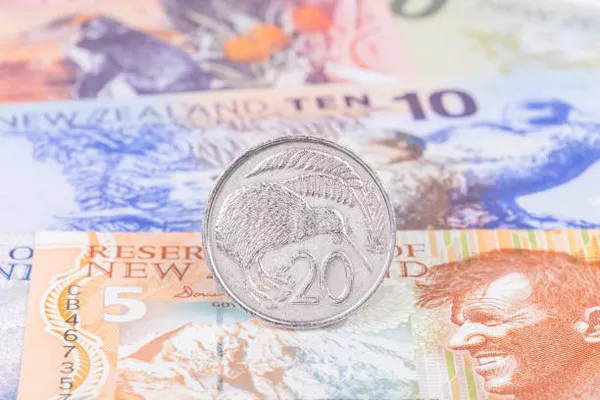NZD/USD traded higher for a second straight day on Friday despite a lack of bullish conviction and remained close to the more than one-month low hit earlier this week. Spot prices are hovering around 0.6070 and finding support from a slight decline in the US Dollar (USD).
The U.S. dollar index (DXY), which tracks the greenback against a basket of currencies, retreated from its highest levels since early August as traders took profits after strong gains since the start of the month. Broad equity gains provided support for the risk-on New Zealand dollar, although worries about a slowdown in China’s economy were bearish for the pair.
Official data released earlier today showed China’s economy expanded at an annual rate of 4.6% in July-September, down slightly from 4.7% in the previous quarter. That was the lowest in 18 months and below the government’s full-year target of 5%, offsetting better-than-expected retail sales and industrial production data in September.
In addition, the dollar’s downside appears to be cushioned as more and more people believe that the Federal Reserve (Fed) will cut interest rates modestly while the economic fundamentals remain solid. In addition, the Reserve Bank of New Zealand (RBNZ) is expected to actively cut interest rates when domestic inflation falls to the central bank’s target range of 1%-3% in the third quarter, which will also have an impact on the New Zealand dollar/US dollar exchange rate. suppress.
Even from a technical perspective, the recent break below the all-important 200-day moving average (SMA) suggests that the path of least resistance for spot prices remains to the downside. Therefore, any subsequent rise may be viewed as a selling opportunity. Traders are now looking to U.S. housing market data and a speech from Federal Reserve Governor Christopher Waller for short-term momentum heading into the weekend.
You Might Be Interested In:
- Why Does Ecuador Use the U.S. Dollar?
- What Percentage of World Trade is in USD?
- The World’s Weakest Currency: An In-Depth Analysis


